CLASSIFICATIONS OF COMPUTERS : #1
In my previous post, titled; HISTORY OF COMPUTER: #1, I discussed the history of computer, starting from the definition of computer to a view of computer as a system, with a very clear illustration and various contributions of great scientists towards the development of today’s computer was discussed.
Today’s discussion is based on The Classifications of Computers on the basis of generation.
Computer can be classified into FOUR broadly categories:
(1). On the basis of Generation.
(2). On the basis of Size,
(3). On the basis of Data Processed and
(4). On the basis of Purpose.
The diagram below depicts the general classifications of computers
CLASSIFICATION OF COMPUTER ON THE BASIS OF GENERATION
To classify computer on technological development that transformed the way computers operate, resulting in more powerful, increasingly smaller, cheaper, more efficient and reliable devices is refer to as ‘Classification On The Basis Of Generation’.
As shown in the above diagram, there are five basic classifications on the basis of generation and they will all be explored today.
1. FIRST GENERATION: BETWEEN (1940-1956)
The first generation of computers used vacuum tubes for circuitry and magnetic drums for memory,
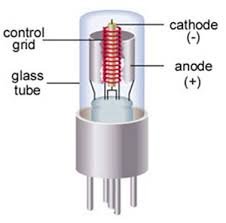
vaccum tube
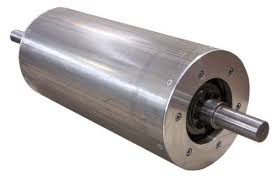
First generation computers relied on machine language, the lowest-level programming language understood by computers, to perform operations, and they could only solve one problem at a time. punched cards and paper tape were used for Input , and output was displayed on printouts.
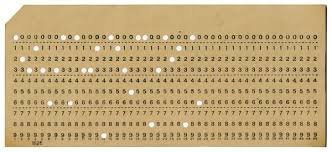
Problems :
First generation computers were often enormous, taking up entire rooms. They were very expensive to operate and in addition to using a great deal of electricity, the vacuum tubes generated a great deal of heat causing many problems in temperature regulation and climate control, the tubes also burnt out frequently, which was often the cause of malfunctions.
people operating the computer can not respond to any problem encounter during the operation since the programming was relied on machine language.
SECOND GENERATION (1956-1963): TRANSISTORS
The second generation of computers used Transistors to replaced vacuum tubes . The transistor was far superior to the vacuum tube, allowing computers to become smaller, faster, cheaper, more energy-efficient and more reliable than their first-generation predecessors. Computer of this generation still generated a great deal of heat that subjected the computer to damage, but it was a vast improvement over the vacuum tube and they still relied on punched cards for input and printouts for output.
Assembly languages was invoke during second generation, which allowed programmers to specify instructions in words. Second generation computers used magnetic core technology, the first computers that stored their instructions in their memory as against magnetic drum of first generation computer.
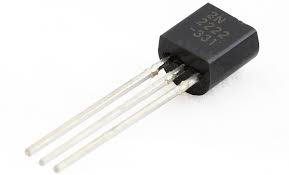
THIRD GENERATION (1964-1971): INTEGRATED CIRCUITS
Integrated circuit development was the hallmark of the third generation of computers. there was drastically increased in the speed and efficiency of computers due to reduction in transistors which was placed on silicon chips (semiconductors),
Users interacted with third generation computers through keyboards and monitors as against punched cards and printouts, These were interfaced with an operating system, which allowed the device to run multi process concurrently at one time with a central program that monitored the memory. Computers for the first time became accessible to many because they were smaller and cheaper than their predecessors.
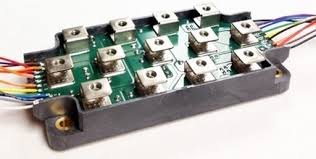
FOURTH GENERATION (1971-PRESENT): MICROPROCESSORS
Fourth generation of computers brought microprocessor , which makes it possible to build thousands of integrated circuits onto a single silicon chip. What in the first generation filled an entire room could now fit in the palm of the hand. The Intel 4004 chip, developed in 1971, located all the components of the computer - from the central processing unit and memory to input/output controls - on a single chip.
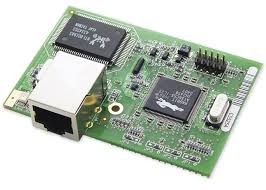
FIFTH GENERATION - PRESENT AND BEYOND: ARTIFICIAL INTELLIGENCE
The current technological trend in computing devices are based on Quantum computation, molecular, nanotechnology and artificial intelligence, are still in development, though there are some applications, such as voice recognition, that are already being used today. Artificial Intelligence, quantum computation and molecular and nanotechnology will change the view and function of computers in years to come.
Developing computing device that respond to natural language input and are capable of learning and self organization.
References
1
2
3
4
5
6
7
8
9
10
While waiting for the other classifications of computers in my subsequent posts. Thank you for reading.
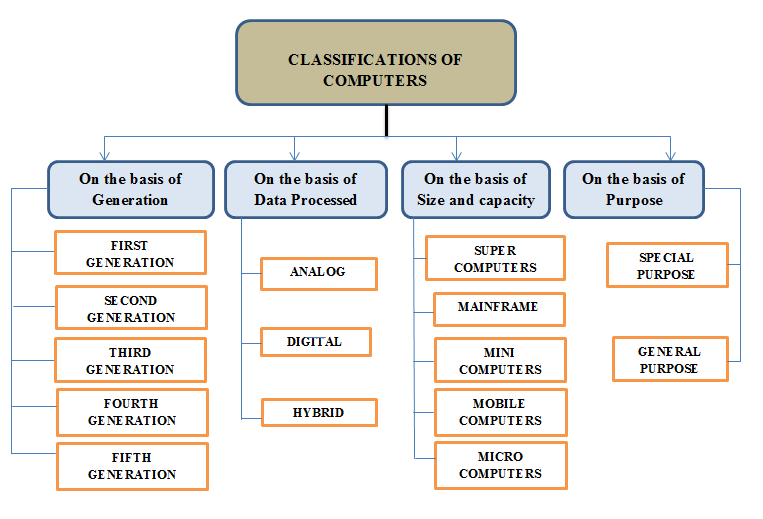
Please don't act like this is entirely original and that cheetah has somehow made an error. Look at your text vs the source text, even down to the punctuation
Your paragraph-
were often enormous, taking up entire rooms. They were very expensive to operate and in addition to using a great deal of electricity, the vacuum tubes generated a great deal of heat causing many problems in temperature regulation and climate control, the tubes also burnt out frequently, which was often the cause of malfunctions.
Source-
were often enormous, taking up entire rooms. They were very expensive to operate and in addition to using a great deal of electricity, the first computers generated a lot of heat, which was often the cause of malfunctions.
Yours-
First generation computers relied on machine language, the lowest-level programming language understood by computers, to perform operations, and they could only solve one problem at a time. punched cards and paper tape were used for Input , and output was displayed on printouts.
Source-
First generation computers relied on machine language, the lowest-level programming language understood by computers, to perform operations, and they could only solve one problem at a time, and it could take days or weeks to set-up a new problem. Input was based on punched cards and paper tape, and output was displayed on printouts.
Despite pointing to the source! Thanks anyway